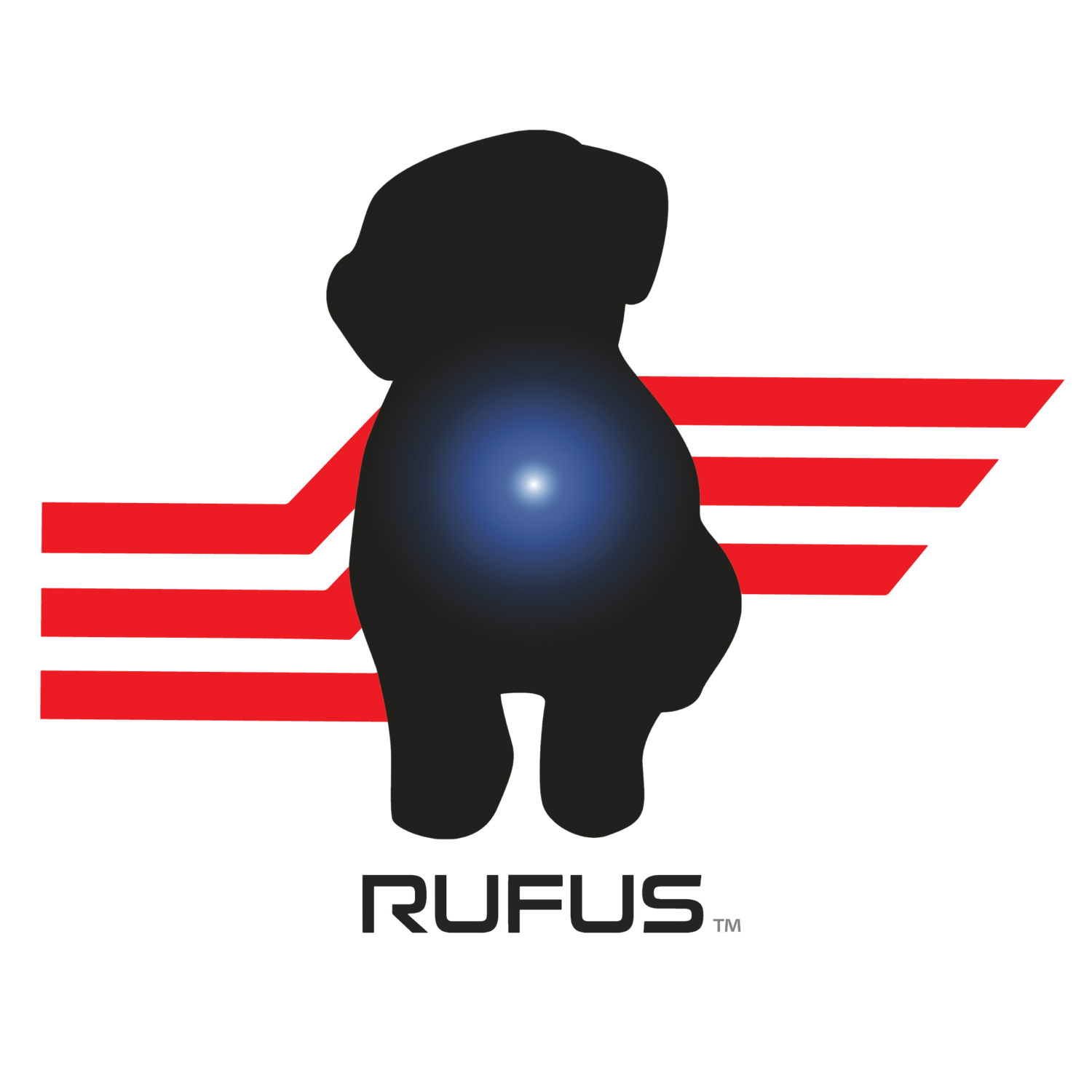Investments in Workforce Tech and Risk Mitigation are Key for Warehouses in 2023
As businesses look to invest, decreasing risk and increasing worker safety continue to be top priorities — in fact, a new study reveals that many organizations are willing to invest a million dollars or more as the need for transparency, efficiency and sustainability grows.
A new report by MHI, an international trade association, and Deloitte, which offers industry insights and consulting services, found that 74 percent of supply chain leaders are hoping to boost their supply chain technology and innovation investments.
Moreover, 90 percent said they plan to spend over $1 million in these assets — that's an increase of 24 percent over last year. Plus, many companies, 36 percent, said they intend to spend over $10 million — up 19 percent from 2022.
The 2023 MHI Annual Industry Report provides important insights into technology trends and the leaders investing in these innovations. The report predicts the following 11 categories will experience a surge in investments, especially over the next five years:
1. Inventory and Network Optimization – 87%
2. Cloud Computing and Storage – 86%
3. Sensors and Automatic Identification – 84%
4. Advanced Analytics – 82%
5. Wearable and Mobile Technology – 80%
6. Robotics and Automation – 78%
7. 3D Printing – 75%
8. Artificial Intelligence – 73%
9. Internet of Things – 68%
10. Blockchain – 68%
11. Driverless Vehicles and Drones – 66%
Operations must react and adapt in real time to ever-evolving conditions, which requires actionable data, automation and automated decision-making.
“Investments in automation and other digital solutions like IoT, advanced analytics and AI not only arm your operations with speed, accuracy and improved visibility. These solutions enable the real-time decision-making and transparency necessary for reporting and improving performance up and down the responsible supply chain," said John Paxton, CEO of MHI.
Workforce and Supply Chain Challenges
According to survey respondents, hiring and retaining qualified employees (57%) and the ongoing talent shortage (56%) continue to top the list of supply chain challenges. Still, supply chain disruptions (54%), issues with goods being out of stock (52%) and customer demands (52%) were also top of mind.
Investments in automation has helped optimize workflow and reduce repetitive tasks and manual labor. Additionally, more advanced technology can provide a new path to upskilling current employees, while creating a culture of innovation that can attract and retain top talent.
Collaboration is Key
To prepare for supply chain disruption and build transparency, companies are planning for digital supply chain investments to future-proof their businesses. To do this, leaders must choose partners who understand that supply chain disruption has become the standard, and offer the technology and data to reach greater transparency, sustainability and resiliency.
Seeking More Sustainability
Sustainability is a key advantage to building loyalty with customers — and employees. Supply chain companies are feeling the need to become more environmentally responsible and sustainable from a swath of sources, including social media, stakeholders and consumers.
Almost half of those surveyed (48%) say they're under pressure to invest in a more sustainable supply chain, as well as set their own high standards around environmentally responsible practices.
Of course, organizations must go beyond simply saying they are sustainable and offer a level of transparency. Technology offering automation and reporting helps industry leaders to develop strategies to implement innovations.
Smart, Safe Solutions
When it comes to investments in the categories mentioned above — particularly inventory optimization, automation and wearable technology — Rufus WorkHero offers several smart solutions that increase efficiency, transparency and worker safety.
Rufus WorkHero offers a variety of enterprise devices, including ergonomic wearable barcode scanners, which improve productivity up to 50 percent by allowing employees to operate, hands-free. These devices not only improve workforce technology, the hands-free design increases safety.
For example, the Rufus Cuff Pro, is designed with an optional built-in barcode scanner, with scan triggers strategically placed in the optimal position for quick and reliable barcode scanning.
WorkHero wearables come with Rufus Device Hub, allowing your IT team to control all workplace devices from a central hub. These mobile device management (or MDM) solutions provide unparalleled insight into real-time device data, including the GPS location of each device, battery life, user session data and more — all providing a high level of transparency.
WorkHero also includes Rufus Intelligence, a productivity management software solution. This system allows visibility into employee performance and productivity, so you can easily tap into data surrounding each worker’s scanning activity, the number of labor hours put toward different tasks, and activity levels throughout their shift. In a matter of a few months, you can identify ways to lower your labor costs, maximize productivity and hone in on your top-performing employees.
For more information on how Rufus WorkHero can help optimize your operations and save thousands in labor cost/ month - click below!


